Things to do in Medellín: Follow the Colombian city’s dramatic metamorphosis
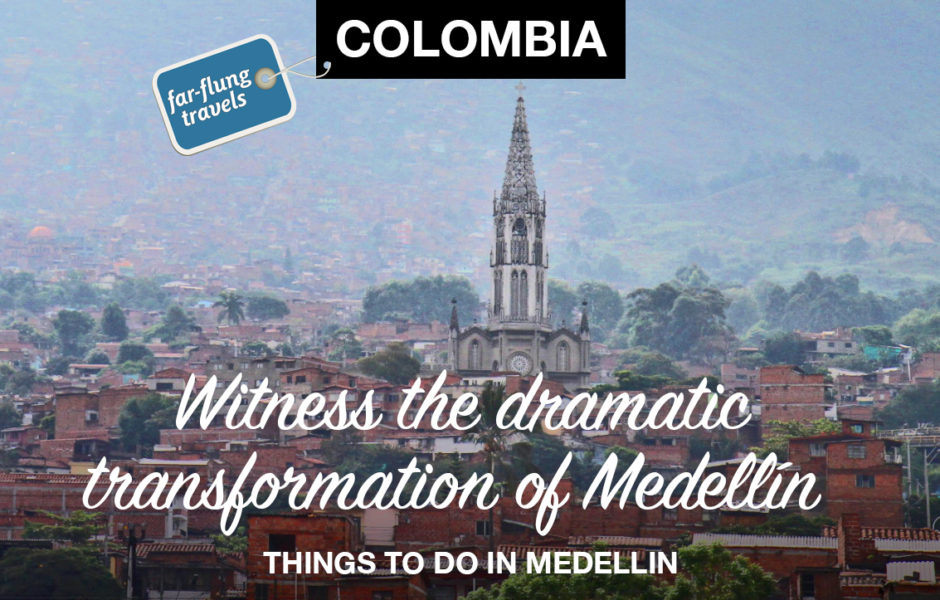

Medellín has been called the city of eternal spring and the Jardín Botanico teems with the lush flowering trees and plants that thrive in the year-round favorable weather the city experiences.
Of all the things to do in Medellín, I didn’t expect to fall in love. I was smitten with Medellín the moment I saw it. The ride from the airport in Rio Negro takes 45 minutes, but halfway through the journey, the taxi rounded a bend to reveal the city sprawled out in the Aburrá Valley below. At night, that view is magical. Sure, the darkness can hide most imperfections, but by day, my opinion hadn’t changed.
There’s no doubt Medellín has had its share of problems. But, in the last few decades, especially since Pablo Escobar’s reign of terror ended on a rooftop in 1993, crime has plummeted and Medellin is looking toward the future as a vibrant, cosmopolitan city that doesn’t shy away from its past.
At the Museo de Antioquia, I’m drawn to a display case containing a hybrid of an AK-47 and a guitar, which is labeled “Escopetarra.” The title of the piece marries the Spanish word for shotgun (escopeta) and guitar (guitarra). The escopetarra is actually one of several created by Colombia musician César Lopez to symbolize peace. He believes that artistic endeavors are the best weapon for counteracting the violence that has plagued the country. One he gave to Colombian recording artist Juanes was auctioned off for $17,000 at a Beverly Hills fundraiser to benefit victims of anti-personnel mines.
The Antioquia Museum has an impressive collection from more of the “top guns” of Colombia, all housed in a beautiful Art Deco building in central Medellín. The entire third floor of the museum is dedicated to Fernando Botero, one of Colombia’s most-famous artists. The majority of his subjects, in sculpture and paintings, are depicted as extra plump, whether they take the shape of humans, animals or inanimate objects.
His oversized bronze sculptures can be found in the Parque Botero just in front of the museum, as well as in various spots in Bogotá, where an entire museum is devoted to his work.
Nearby, my husband and I sit down to eat heaping bowls of sancocho (chicken soup topped with a fried egg) at a restaurant by the Parque Bolivar that serves regional cuisine. It’s located in an eclectic neighborhood, where one street is choked with people shopping at the mall on their lunch break and, one block over, there are sex shops and prostitutes wandering about with their wares hanging out (their profession is legal). While the restaurant has since closed since writing this post, there are other spots to try that are close by. Find out more about Versailles and El Astor in my 2019 post here.
We then hopped on the convenient metro until we reached the stop next to the Jardín Botanico de Medellín, a green oasis in the city that is open free to the public. The park include a section of native medicinal plants and their uses, a orchid center, a place to buy live plants and a lovely restaurant that grows its own herbs and vegetables just outside its doors.
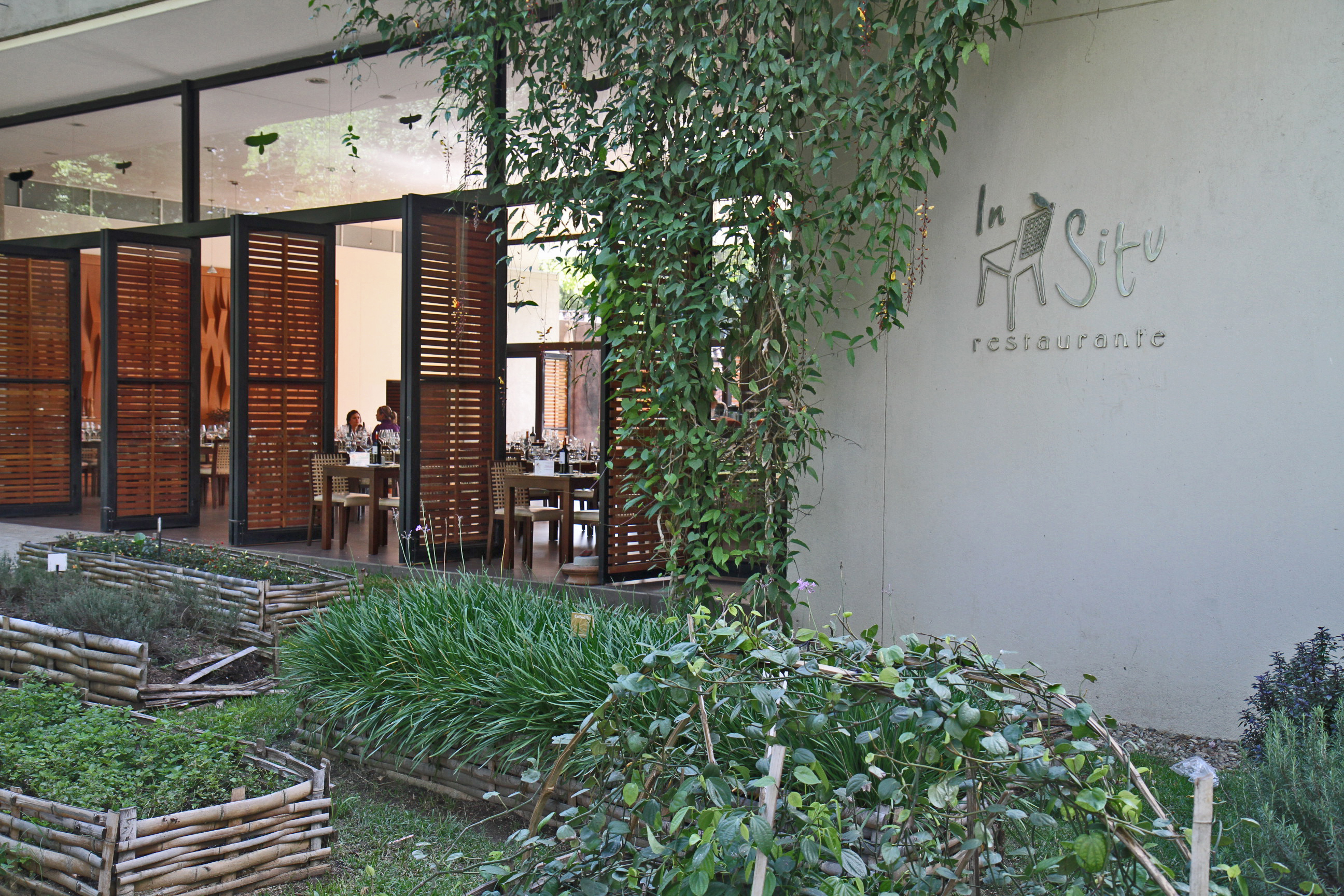
The food at In Situ incorporates ingredients grown just outside its doors.
We carve out a spot on the edge of a lagoon that is perfect for animal- and people-watching. Some kids are scooping up baby fish in water bottles, while a couple canoodles on the bench next to us. A turtle swims by in slow motion. Here, there are no worries.
A loud bang (hopefully a car backfiring) breaks the silence. The young man on the other bench falls to his knees, turns around, puts his fingers together as if to shoot back over the top of the bench. His girlfriend giggles.
If only we all could laugh in the face of adversity just as Medellín seems to have done.
Get more information about travel to Colombia
- Medellín sprawls out in a valley that extends north to south.
- “Escopetarra” by musician Cesar Lopez
- The food at In Situ incorporates ingredients grown just outside its doors.
- Los Toldos restaurant in central Medellin.
- The lagoon at the Medellin Botanical Garden.
- Fernando Botero’s “Death of Pablo Escobar” (1999).
- The city of eternal spring.
- The Orchid House at the Medellin Botanical Garden.
- Botero’s bronze sculptures are scattered throughout Medellin.
- Witness the dramatic transformation of Medellín.
- Witness the dramatic transformation of Medellín.


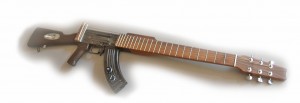
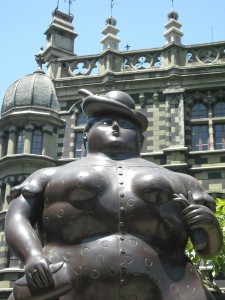
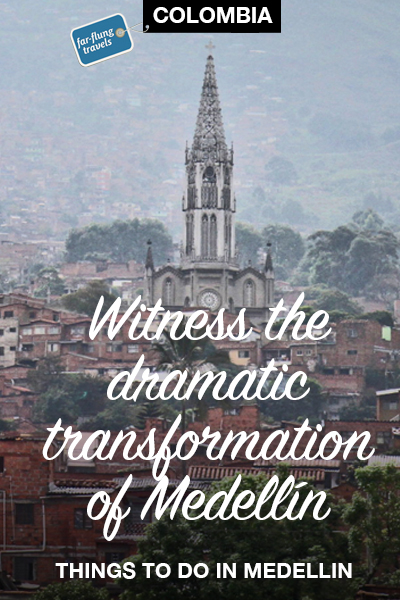
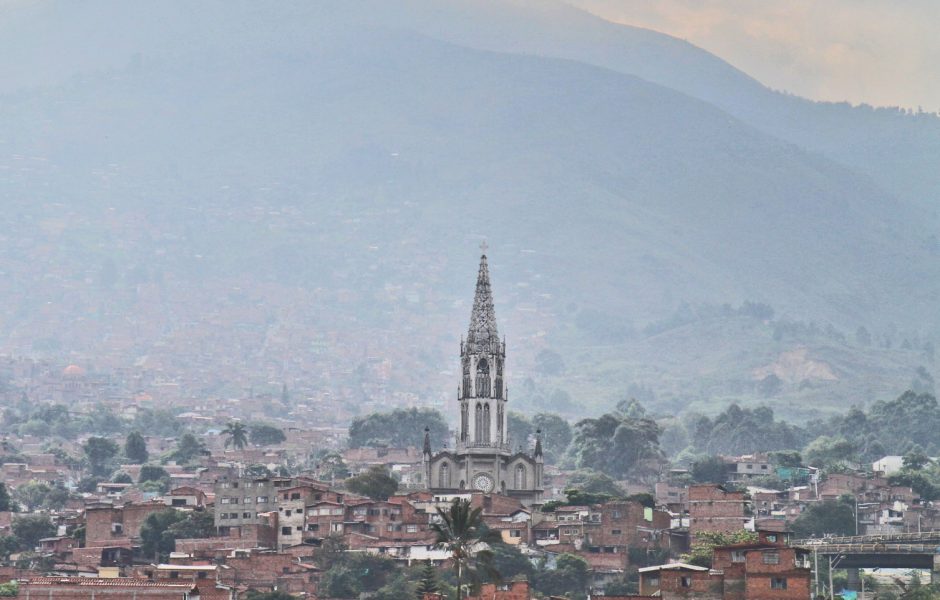
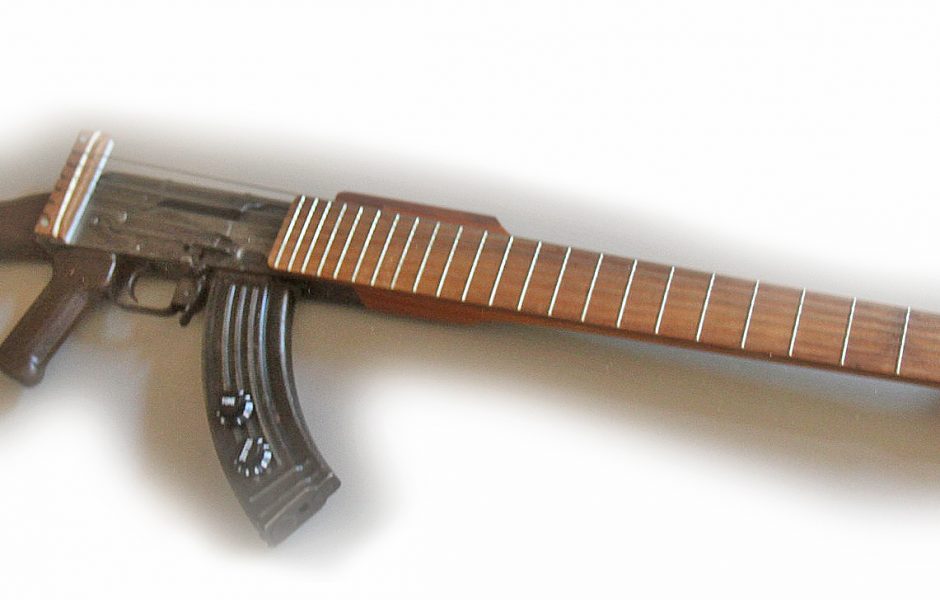
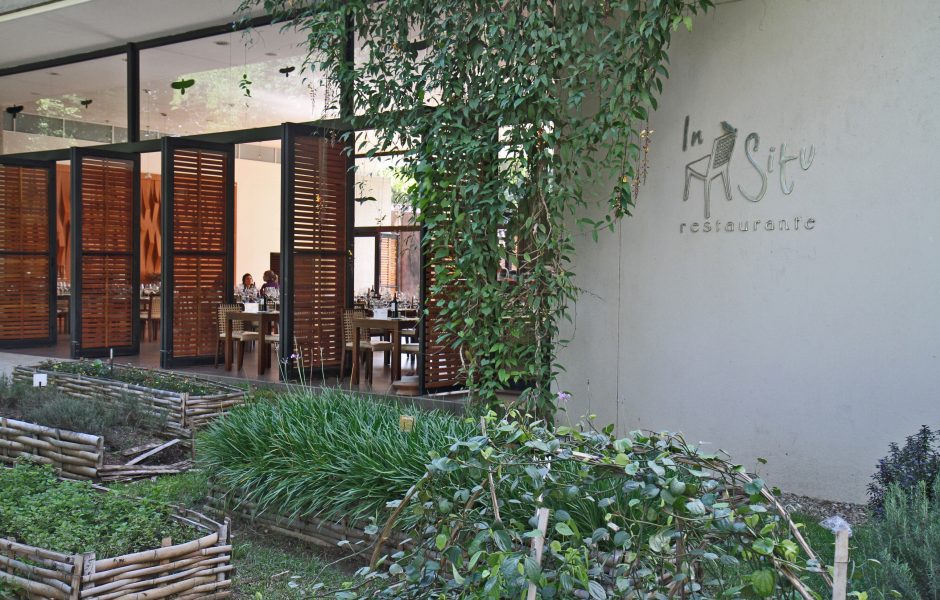
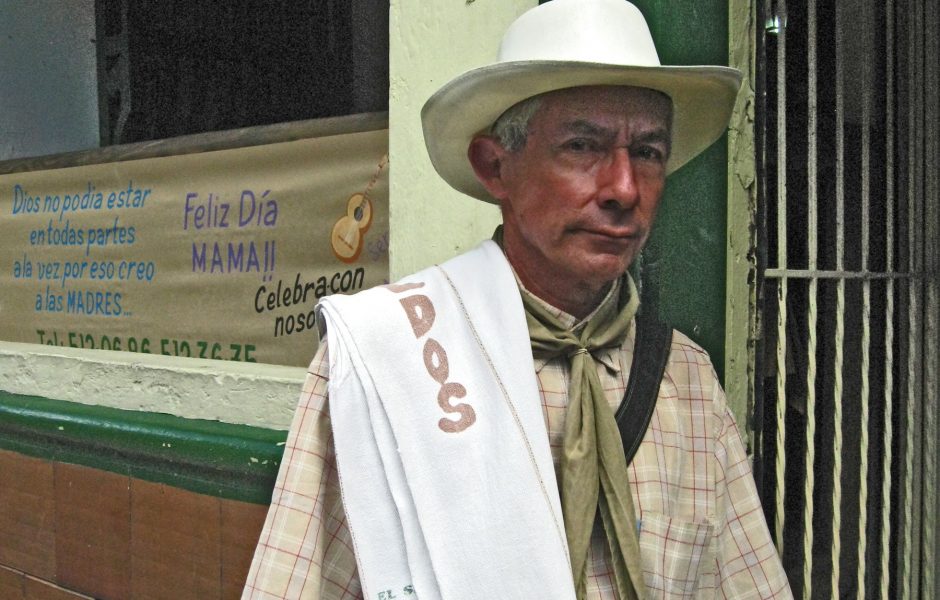
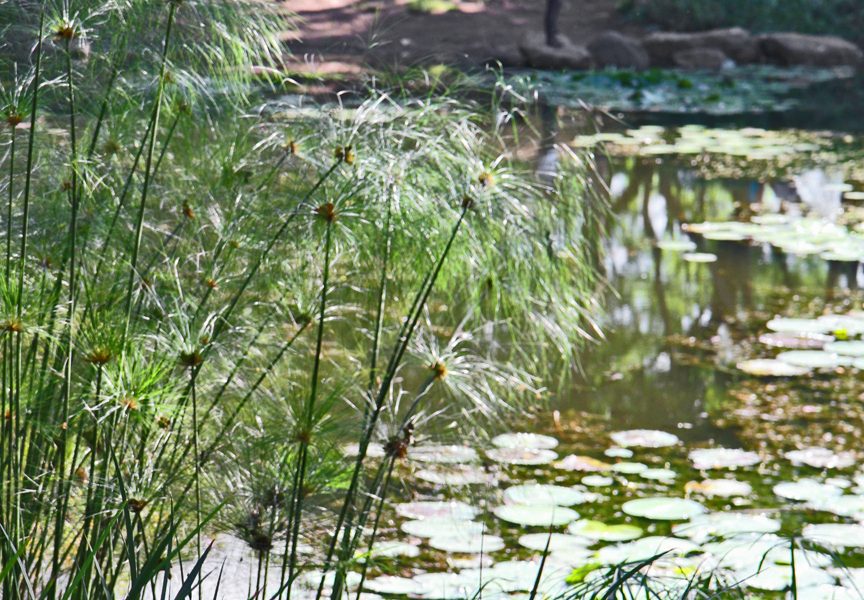
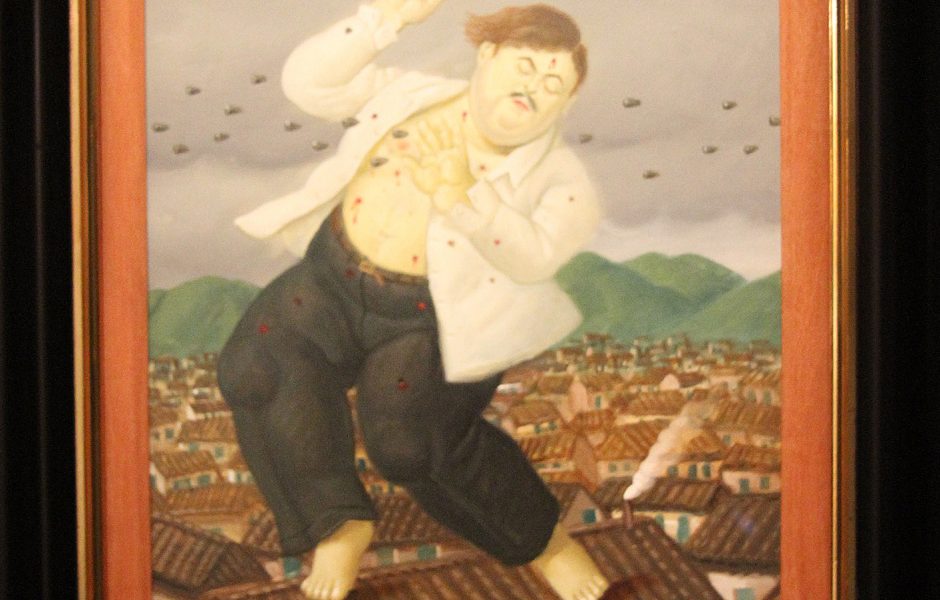
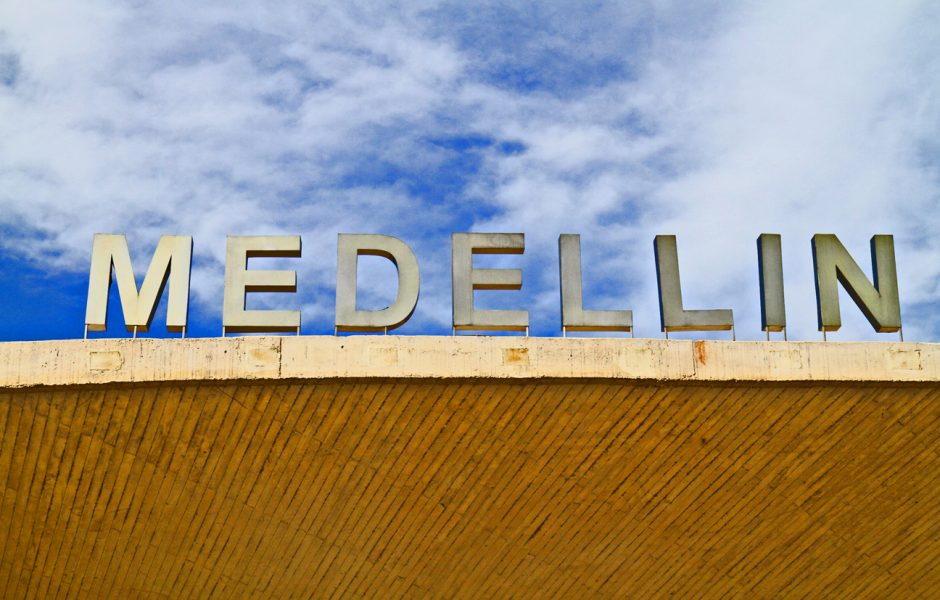
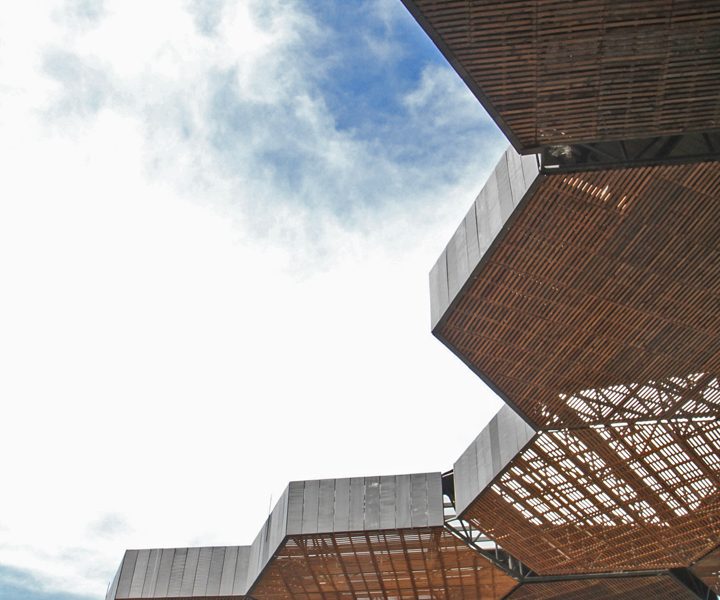
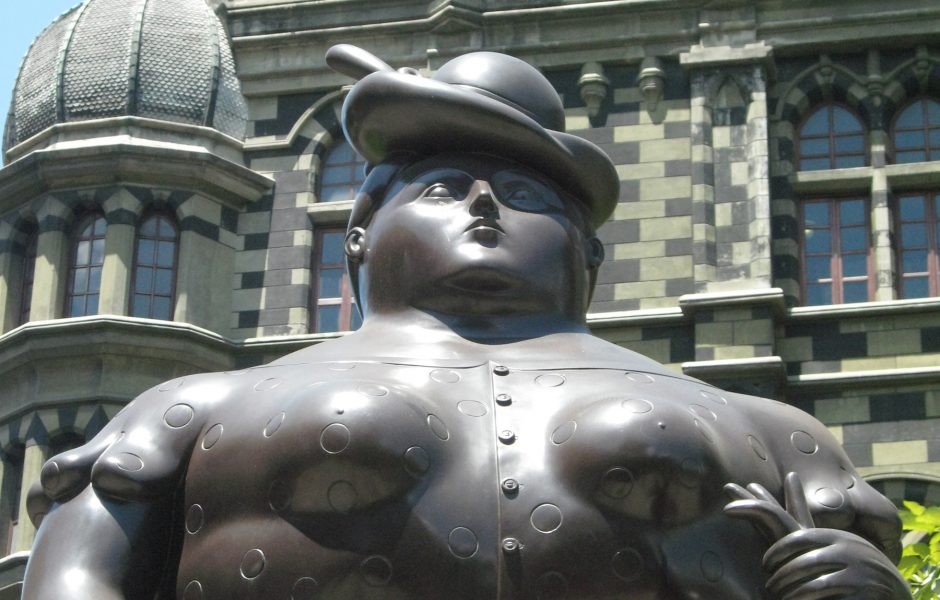
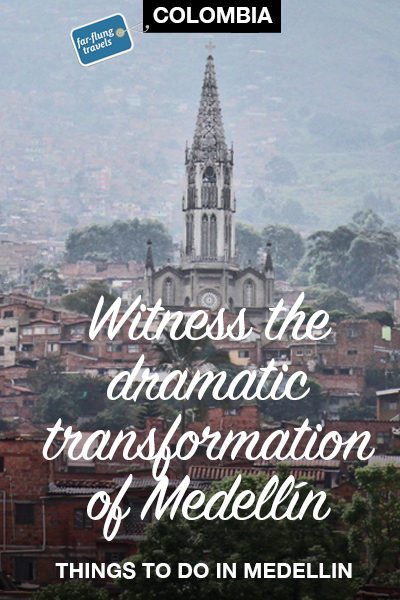
Write a Reply or Comment